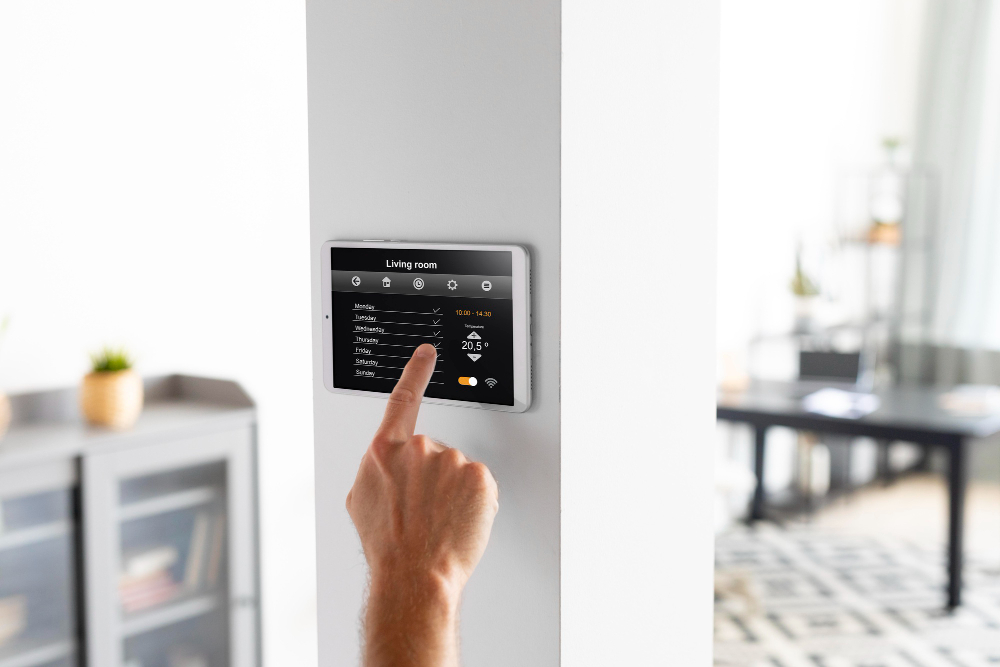- Modifying the home environment is crucial for accommodating the specific needs of individuals with disabilities.
- Accessible technology, like smart home systems, enhances independence and communication for disabled individuals.
- Empowering self-care skills fosters independence and boosts self-esteem in individuals with disabilities.
- Consistent routines and visual schedules provide stability and promote a sense of structure.
- Social engagement and virtual connections reduce isolation and promote emotional well-being.
Caring for a loved one with a disability can be both rewarding and challenging. As caregivers, our primary concern is to ensure the happiness and safety of our loved ones within the comfort of their own homes. With the right strategies and support systems in place, it’s possible to create an environment where they can thrive. This guide will explore practical tips and techniques to enhance the quality of life for individuals with disabilities while ensuring their safety and well-being at home.
1. Create a Supportive Environment
Adapting the Home Environment:
Modifying the home environment is crucial to accommodate the specific needs of individuals with disabilities. Consider installing ramps, handrails, and grab bars to facilitate mobility. Ensure that pathways are clear and free of obstacles to prevent falls. Additionally, make adjustments to furniture placement to create ample space for maneuverability.
Accessible Technology:
Incorporating accessible technology can greatly enhance the independence and quality of life for individuals with disabilities. Invest in devices such as voice-activated assistants, smart home systems, and specialized apps designed to assist with daily tasks. These technologies can help individuals control their environment, communicate more effectively, and access essential services with ease.

2. Foster Independence and Empowerment
Encourage Self-Care Skills:
Empowering individuals with disabilities to engage in self-care activities fosters independence and boosts self-esteem. Provide opportunities for them to practice daily tasks such as grooming, dressing, and meal preparation to the best of their abilities. Offer encouragement and support, but allow them the space to learn and grow at their own pace.
Utilize Assistive Devices:
Assistive devices play a vital role in promoting independence and mobility for individuals with disabilities. From wheelchairs and walkers to hearing aids and communication devices, these tools enable individuals to perform tasks and participate in activities they may otherwise struggle with. Ensure that assistive devices are properly maintained and readily available when needed.
3. Establish a Routine and Structure
Consistent Schedule:
Creating a consistent daily routine provides stability and predictability, which can help individuals with disabilities feel more secure and in control. Establish regular meal times, bedtime routines, and activity schedules to promote a sense of structure. Be flexible and adaptable to accommodate individual preferences and needs.
Visual Schedules:
Visual schedules are valuable tools for individuals with disabilities, especially those who benefit from visual cues and prompts. Use pictures, symbols, or written words to outline daily activities and routines. Display the schedule in a prominent location within the home where it can be easily referenced and followed.
4. Promote Social Engagement and Connection
Community Involvement:
Encouraging social engagement and participation in community activities is essential for individuals with disabilities to feel connected and supported. Explore local resources, support groups, and recreational programs that cater to their interests and abilities. Engaging in social interactions promotes emotional well-being and reduces feelings of isolation.
Virtual Connections:
In today’s digital age, technology offers endless opportunities for individuals with disabilities to connect with others and participate in social activities from the comfort of their homes. Encourage the use of video calls, social media platforms, and online forums to stay connected with friends, family, and peers. Virtual interactions can provide a sense of belonging and camaraderie.

5. Prioritize Health and Wellness
Regular Medical Check-ups:
Maintaining good health is paramount for individuals with disabilities, requiring regular medical check-ups and monitoring. Schedule routine appointments with healthcare professionals to address any health concerns promptly. Discuss medications, therapies, and preventive measures to optimize overall well-being.
Home Health Care Support:
Incorporating home health care services can provide invaluable support for individuals with disabilities, assisting with medical needs, personal care, and daily activities. Trained professionals can offer specialized care tailored to the individual’s unique requirements, promoting comfort, safety, and independence within the home environment.
Caring for a loved one with a disability requires dedication, patience, and a commitment to their well-being. By creating a supportive environment, fostering independence, establishing routines, promoting social engagement, and prioritizing health and wellness, we can enhance their quality of life and ensure their happiness and safety at home. Remember, every individual is unique, so tailor your approach to meet their specific needs and preferences. With love, compassion, and proper support, we can make home a place where our loved ones with disabilities can truly thrive.




